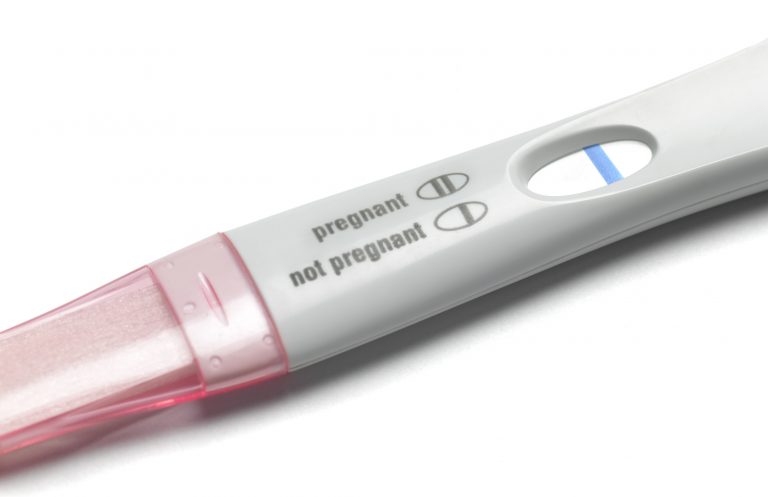
A mutation in a single gene, PNLDC1, appears to account for a form of male infertility in which men fail to produce sperm, according to an international study. This study suggests a direct mechanistic effect of faulty piRNA processing on meiosis and spermatogenesis in men, ultimately causing male infertility.
The lead author of the study is Liina Nagirnaja, PhD, Division of Genetics, Oregon National Primate Research Center, Oregon Health and Science University. The senior author is Kristian Almstrup, PhD, International Center for Research and Research Training in Endocrine Disruption of Male Reproduction and Child Health, University of Copenhagen. The paper appeared in The New England Journal of Medicine. https://www.nejm.org/doi/full/10.1056/NEJMoa2028973
P-element–induced wimpy testis (PIWI)–interacting RNAs (piRNAs) are short (21 to 35 nucleotides in length), noncoding, and are found almost exclusively in germ cells, where they regulate aberrant expression of transposable elements and postmeiotic gene expression. The protein poly(A)-specific RNase-like domain containing 1 (PNLDC1), is critical to the processing of piRNAs. It trims their 3′ ends and, when disrupted in mice, causes azoospermia and male infertility.
Males with non-obstructive azoospermia fail to produce any sperm, even though they do not have any obstruction in the ducts through which sperm are released. PNLDC1, codes for an enzyme that processes a class of non-coding ribonucleic acids (RNA) so sperm can function. These non-coding RNAs are not involved in making proteins but are believed to be involved in various functions that occur during spermatogenesis.
The researchers sequenced the exomes of 924 men with non-obstructive azoospermia. They identified four unrelated men of Middle Eastern descent who had nonobstructive azoospermia and were found to carry mutations in PNLDC1.
The first patient had a biallelic stop–gain mutation, p.R452Ter (rs200629089; minor allele frequency, 0.00004); the second, a novel biallelic missense variant, p.P84S; the third, two compound heterozygous mutations consisting of p.M259T (rs141903829; minor allele frequency, 0.0007) and p.L35PfsTer3 (rs754159168; minor allele frequency, 0.00004); and the fourth, a novel biallelic canonical splice acceptor site variant, c.607-2A→T.
Testicular histologic findings consistently showed error-prone meiosis and spermatogenic arrest with round spermatids of type Sa as the most advanced population of germ cells. Gene and protein expression of PNLDC1, as well as the piRNA-processing proteins PIWIL1, PIWIL4, MYBL1, and TDRKH, were greatly diminished in cells of the testes. Furthermore, the length distribution of piRNAs and the number of pachytene piRNAs was significantly altered in men carrying PNLDC1 mutations.
These findings may provide insight into how sperm is produced and may one day lead to information helpful for the diagnosis and treatment of non-obstructive azoospermia. Similarly, greater understanding of the gene’s function may contribute to the development of new methods of male contraception.
Analysis of testicular tissue from the men showed that spermatagonia (sperm producing cells) failed to complete meiotic cell division and develop sperm cells. The authors theorized that other genes coding for enzymes involved in processing non-coding RNAs also might be involved in infertility due to azoospermia. They performed small-RNA sequencing on testicular RNA from three of the patients. The results showed compromised biogenesis of piRNAs with significantly decreased amounts of piRNAs in all three patients, as compared with RNA in similarly treated tissue obtained from controls with complete spermatogenesis.













